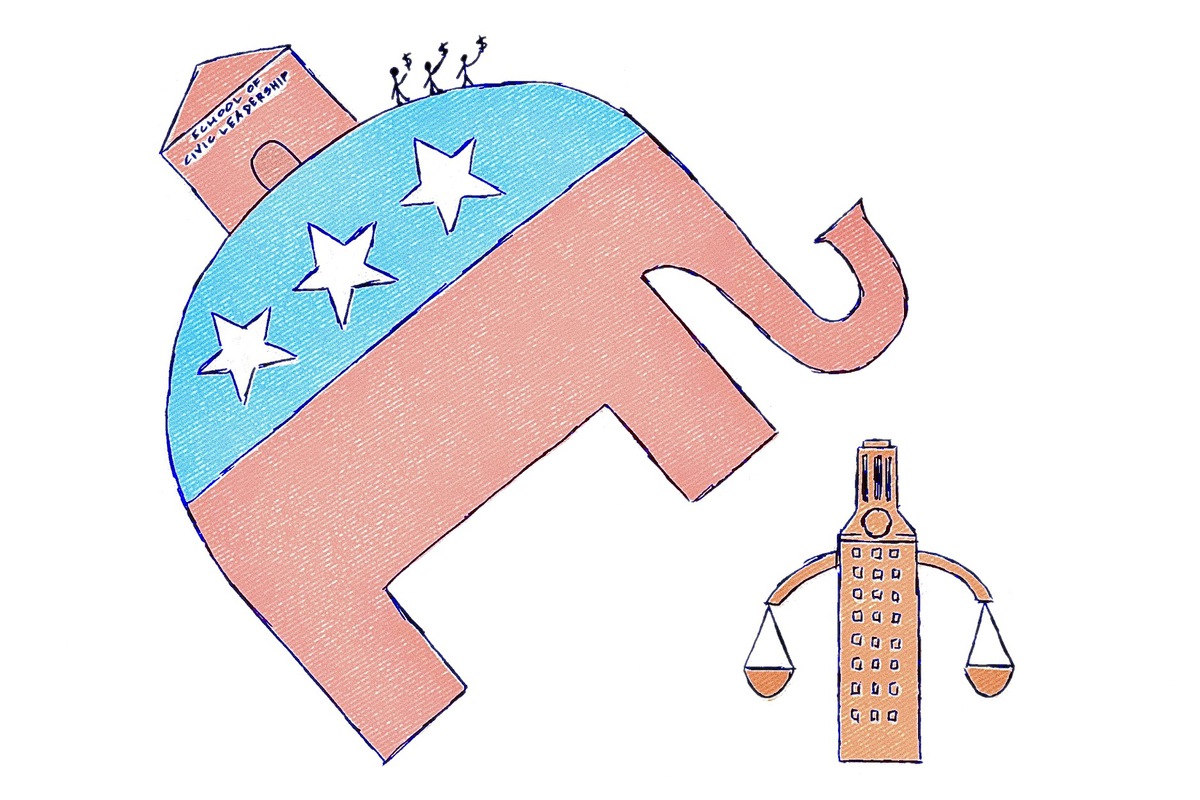Only 21.9 percent of the students in UT’s Department of Computer Science are female, according to the CS department. The gender gap in computer science is also apparent in its staff — only 4 faculty members in the department are women. The CS department desperately needs more gender diversity, but hiring new faculty members is a complex process that requires more than just a symbolic push for equality.
Because faculty hiring affects all levels of academia, from research to students, the CS department should start new initiatives to ensure that it is doing the most it can to diversify CS faculty — and the first step should be ensuring transparency in the hiring pipeline.
In 2011, just 20 percent of computer science Ph.D. recipients were female. The most prestigious schools in computer science, such as Stanford and MIT, are often the first choice for underrepresented candidates. As a result, schools like UT claim that they face difficulty recruiting them. This creates an inherent problem with the hiring pipeline. Although there are few female Ph.D. recipients to select from, this doesn’t exempt the CS department from taking meaningful action on their commitment to diversity.
Keshav Pingali, last year's chair of the CS faculty hiring committee, explains that the committee is made up of faculty from different areas of expertise in order to determine what types of professors are most needed. Last year, there were nearly 500 applications to the department, all of whom were sorted into categories based on their expertise.
Each committee member looks at the applications that are in line with their field and comes up with a shortlist of potential professors whom they pitch to the committee. Through this process, the committee selects approximately 15 people for on-campus interviews — another lengthy process that evaluates a candidate’s research and teaching capabilities.
The ability to whittle the application pool down to just 3 percent of all candidates gives the committee a great deal of power. With so much influence, an individual committee member has the ability to filter out candidates at their own discretion. Although the decision-making process itself is isolated to the individual member, providing basic information on the body of candidates could allow for a deeper look into the hiring process.
A lack of data leads to little information on where certain kinds of candidates — such as women — are dropping off in the pipeline. Publishing an infographic that shows the anonymous demographics of applicants could incentivize more sophisticated analysis in the hiring process. For example, there could be hiring practices that are currently working against certain groups of applicants. Until there is a transparent way to view the demographics of hiring data, these topics can’t be explored further.
Pingali reassures me that professors and administrators alike agree that expanding the diversity of the department is in the best interests of the University. While the dean and the provost look over the final list of candidates to ensure its fairness and commitment to diversity, they are unable to influence the hiring process to make any meaningful progress toward a more diverse CS department.
The hiring process in computer science needs to be fair to candidates of all backgrounds. It's time to take a chance on modernizing it.
Krishnan is a computer science sophomore from Plano, TX. Follow her on Twitter @theamazingabby.





















